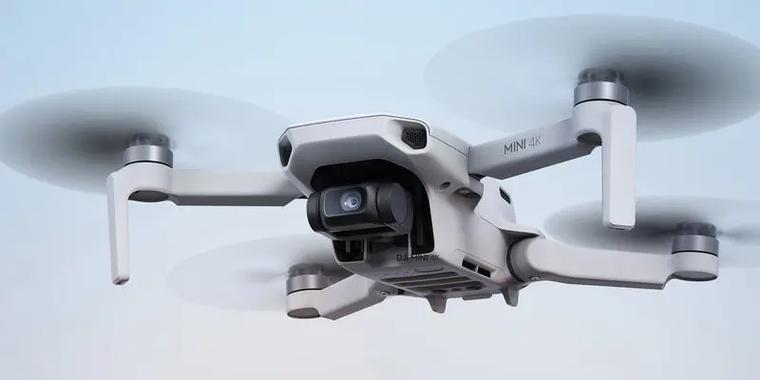The advent of drones in policing has transformed the way law enforcement agencies operate in modern society. These unmanned aerial vehicles (UAVs) can provide a unique vantage point, enhancing surveillance and offering tactical support in various scenarios. With the increasing reliance on technology, drones have become indispensable in crime prevention, suspect tracking, and evidence gathering.
Drones: Aerial Surveillance Revolution
Drones bring a revolution in aerial surveillance that traditional methods can’t match. Equipped with high-resolution cameras and advanced sensors, they provide real-time data to officers on the ground, enabling quick decisions during operations. This capability is particularly useful in crowd monitoring during public events or protests, where maintaining order is critical.
Efficient Crime Scene Analysis
One significant advantage of drones in policing is their ability to quickly analyze crime scenes without disturbing evidence. They can map out detailed images and 3D reconstructions, which aid detectives in understanding the scene layout. This helps streamline investigations and pinpoints crucial areas that warrant deeper exploration. The precise imagery and data ensure that all possibilities are considered, thus enhancing the scope for solving cases.
Enhanced Suspect Tracking
Tracking suspects becomes considerably more efficient with drones. Drones can follow vehicles or individuals without the need for physical pursuit, reducing risks to officers and civilians. They maintain a high vantage point, observing suspects’ movements discreetly.

During high-speed chases, drones offer a safer way to track without engaging in dangerous pursuits.
Challenges and Privacy Concerns
Drones in policing are not without their challenges. The deployment of UAVs raises significant privacy concerns that must be addressed. There is a fine line between surveillance for public safety and the intrusion of personal privacy, which requires carefully crafted policies and transparency from law enforcement agencies.
Integration with Other Technologies
The integration of drones with other technologies, like artificial intelligence and predictive analytics, further amplifies their effectiveness. AI can analyze drone footage to detect unusual patterns or behaviors, making it easier to predict and prevent crimes before they occur.
This synergy between drones and technology paves the way for creating smart policing strategies that adapt to the evolving landscape of crime.
Case Studies and Success Stories
Various global law enforcement agencies have showcased successful deployments of drones. For instance, in search and rescue operations, drones have proven invaluable by quickly locating missing persons in vast or challenging terrains. Their ability to access areas difficult for humans underscores their importance in various operations.
FAQs on Drone Usage in Policing
- Are drones invasive to public privacy?
- Drones can potentially invade privacy if not regulated. Policies are crucial to ensure responsible usage that respects individual rights.
- How are drones powered?
- Most drones operate on rechargeable batteries, allowing them to fly for a limited period before needing recharging.
- Can drones be used in all weather conditions?
- While drones are versatile, extreme weather conditions such as heavy rain or strong winds can limit their operational capabilities.
As technology continues to advance, the role of drones in policing is expected to grow, shaping the future of law enforcement with innovative strategies while navigating the legal and ethical challenges that accompany their use.